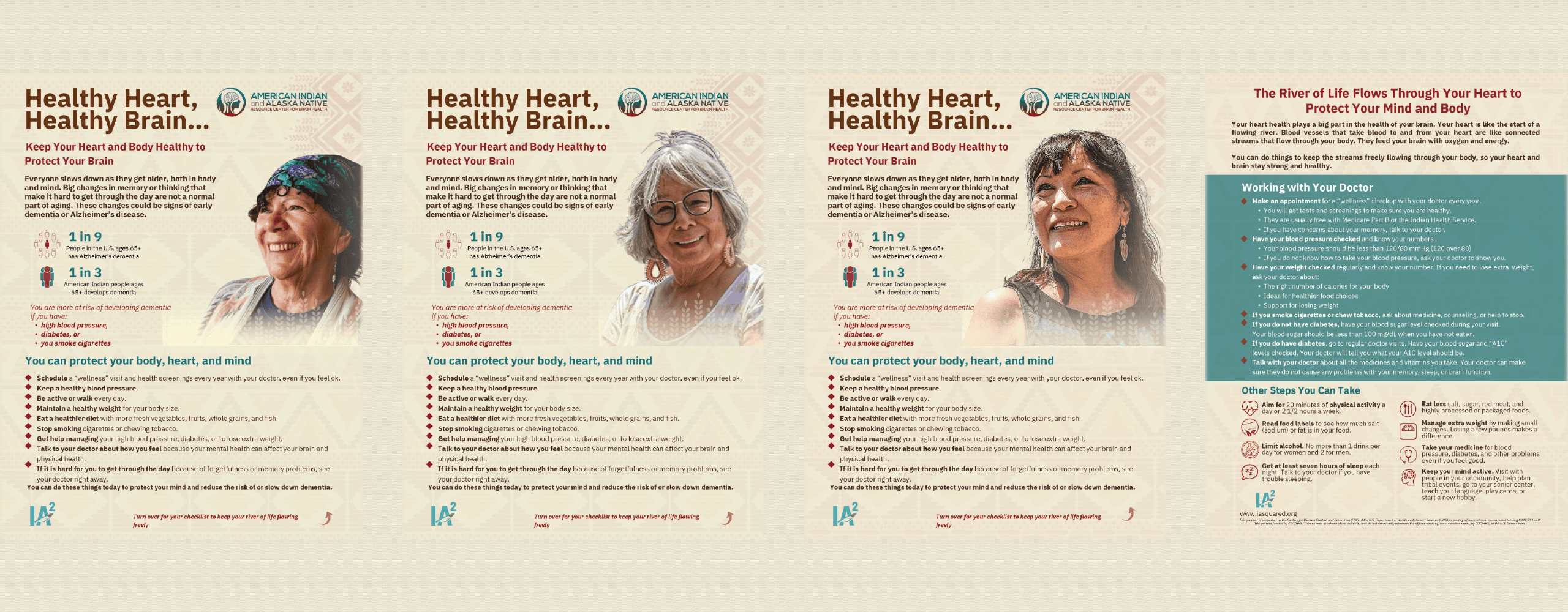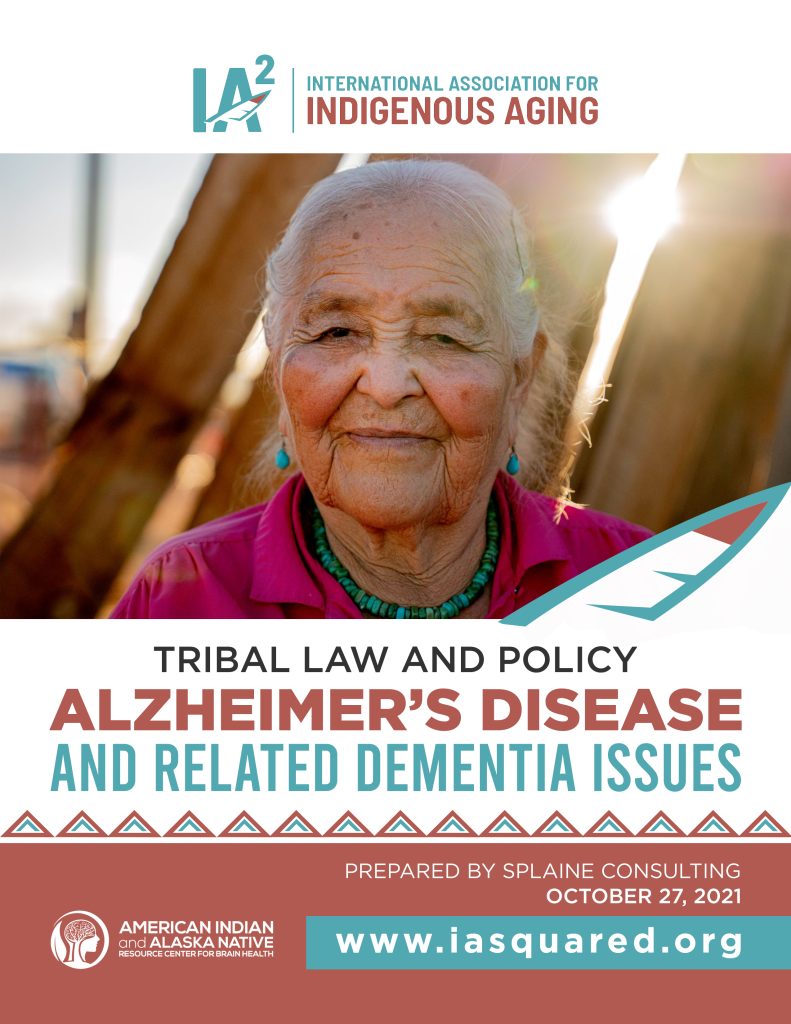Tribal Law and Policy: Alzheimer’s Disease and Related Dementia Issues
The International Association for Indigenous Aging and Splaine Consulting have created a new policy report for American Indian and Alaska Native (AI/AN) populations. This report explores existing tribal laws and policies related Alzheimer’s Disease and Related Dementia for Native communities.
Executive Summary
From the beginning of persons organizing action on dementia and caregiving issues in the early 1980s, working in and through government as one means of dealing with the myriad problems related to the societal burden and trajectory has been a means to an end of better lives for persons living with Alzheimer’s disease and related dementias (ADRD). This brief examines how federal and tribal law and state policy actions currently address these issues.
As sovereign nations, tribes are uniquely situated to use law as a public health tool to promote the health and well-being of their communities. Additionally, federal law creates a framework that governs the relationships among tribes, states, and the federal government that can affect tribal public health. (U.S. Centers for Disease Control and Prevention, 2017)
Background
Law, regulation, and policy are all understood to be essential public health services as tools to promote equity and improve public health. Mensah et al. (2004) provided an early framework for providing public health services, explicitly citing law as a tool for preventing chronic disease. Consensus chronic disease success stories cited by experts are rooted in legal changes—such as tobacco control, vaccine policy, and seat belt use (CDC, 2014).
Against this backdrop, it is not surprising that Alzheimer’s disease and related dementias (ADRD) and dementia caregiving issues are commonly addressed through law and policy in mainstream communities. Over time we have seen the creation or championing of:
- policies and laws shaping the amount and types of long-term services and supports,
- funding for public health surveillance on dementia and the burden of caregiving,
- mandates for awareness-raising activities or risk reduction messaging campaigns,
- workforce development initiatives, and
- funding for biomedical and care research.
This webpage is supported by the Centers for Disease Control and Prevention (CDC) of the U.S. Department of Health and Human Services (HHS) as part of a financial assistance award totaling $348,711 with 100 percent funded by CDC/HHS. The contents are those of the author(s) and do not necessarily represent the official views of, nor an endorsement, by CDC/HHS, or the U.S. Government.


